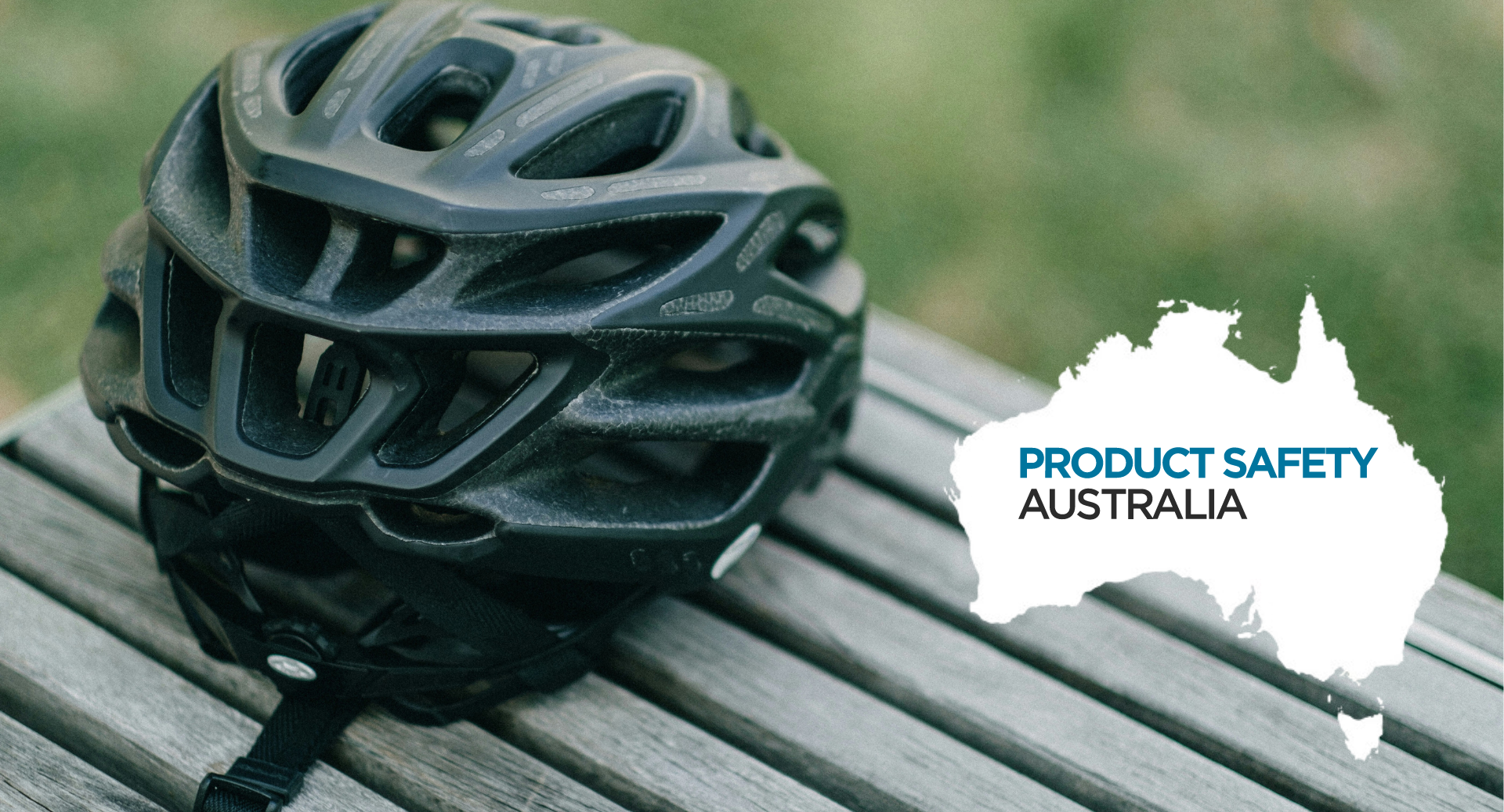Cadmium is a metal commonly found in the soil and water. Most people are not at risk of being exposed to excessive levels of this element on a regular basis, but there are some situations where you may be exposed to higher amounts than normal. Cadmium can be harmful if you’re exposed to it for long periods of time or at high concentrations. It can also be dangerous for individuals with pre-existing medical conditions like kidney disease, hypertension, or diabetes. Learn more about how you can get tested for cadmium exposure so that you know your risks and take appropriate action if necessary.
Who Should Get a Cadmium Test?
A cadmium test is not required for everyone, but certain people should be aware of the risks of excessive exposure and get tested. Cadmium is most harmful to the kidneys, so people who already have kidney issues are at higher risk. Anticipating a high risk of exposure is important because cadmium harms the kidneys even after exposure has ended. Cadmium also poses high risks for people with cardiovascular disease, diabetes, and hypertension. Women who are pregnant or breastfeeding should also be aware of the dangers of excessive cadmium exposure because it is harmful to the fetus and young children.
How to get a cadmium test
If you suspect that your occupation or lifestyle exposes you to high levels of cadmium, you may be able to get tested. The first step involves talking to your doctor about your concerns and explaining the situation. Your doctor may be able to refer you to a laboratory for testing. You can also find a lab near you and request a test directly.
What Are the Risks of Cadmium Exposure?
Excessive exposure to cadmium can lead to kidney damage and even kidney failure. Other risks of cadmium exposure include gastrointestinal issues, cardiovascular problems, and adverse effects on the bones. Cadmium can also increase your risk of developing certain types of cancer, such as pancreatic and lung cancer. However, these risks depend on the level of exposure and the length of time you were exposed.
What are Common Sources of Cadmium Exposure?
Excessive exposure to cadmium can come from a number of sources, including tobacco smoke and certain foods. Cadmium is present in tobacco smoke, so smokers are at higher risk of being exposed to this element. Cadmium is also found in certain foods, including grains, vegetables, and legumes. It’s usually found in very small amounts, but if you eat a lot of these foods or if you consume large amounts of food with high levels of cadmium, you may be at risk of excessive exposure.
How to Avoid Excessive Cadmium Exposure
If you have a high risk of being exposed to cadmium, you can take steps to reduce that risk. First, avoid smoking and being around people who smoke. Avoiding tobacco smoke will significantly reduce your risk of being exposed to cadmium. Cadmium is also commonly found in certain foods, so you can reduce your risk by choosing fresh, organic foods. You can also reduce the amount of grains, legumes, and vegetables you consume.
Conclusion
Cadmium is a metal that can be harmful to your health if you’re exposed to it at high levels. It can cause kidney damage, cardiovascular problems, and increased risk of certain types of cancer. People with pre-existing health conditions like kidney disease, hypertension, or diabetes are at higher risk of excessive exposure. If you think you may be exposed to high levels of cadmium, you can get tested to find out your level of risk.
 ISO/IEC 17025 Accredited Independent Testing Laboratory
ISO/IEC 17025 Accredited Independent Testing Laboratory








